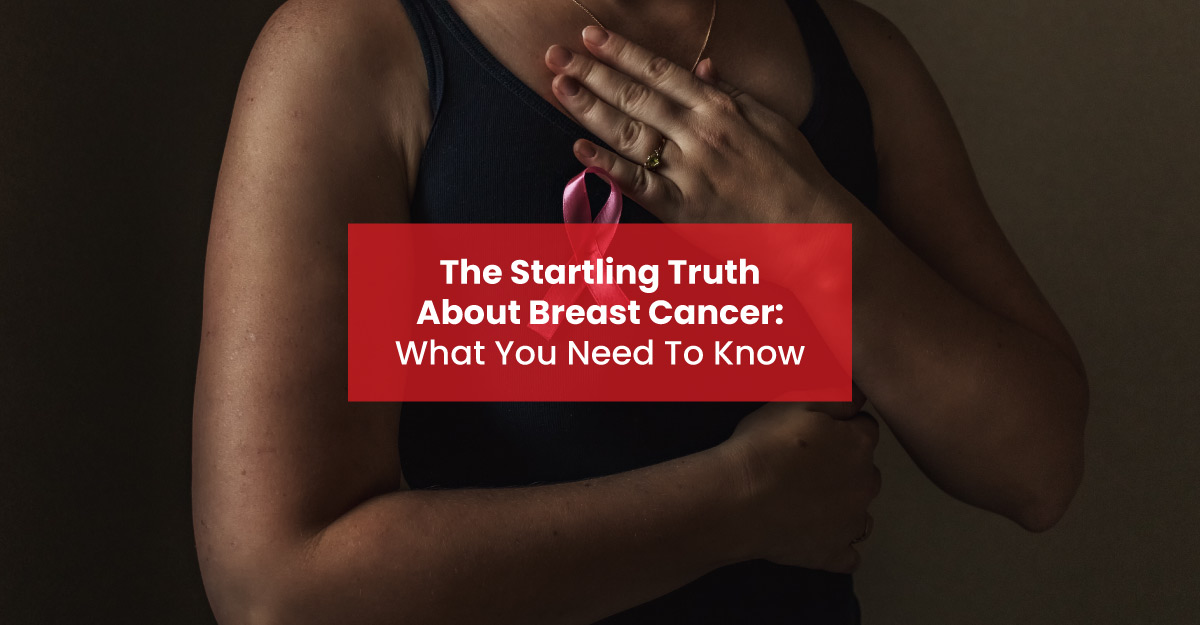
The Startling Truth About Breast Cancer: What You Need To Know
October is Breast Cancer Awareness Month, and as the date draws nearer, it is vital to be informed about the disease to help detect it in its early stages. It is the most common cancer in women and the second leading cause of cancer death in women worldwide.
In Nigeria, it is the most common cancer among women, accounting for 22.7 percent of new cancer cases in 2020, according to the Globocan study.
This year, statistics by the American Cancer Society indicate that over 287,850 new cases of invasive breast cancer will develop in women, 2,710 cases in men, and an additional 51,400 cases of ductal carcinoma in situ (DCIS) in women. The good news is that there are things you can do to reduce your risk of developing it. Keep reading to learn more about the startling truth about the disease and what you can do to reduce your risk.
What is breast cancer?
This is a type of cancer that forms in the breast tissue. It is the most common type of cancer in women and can also occur in men. Cancer can develop in any part of the breast, but it is most likely to form in the milk ducts or the lobules. It usually starts as a small, localized tumor. It can grow and spread to other organs if left untreated.
6 reasons women need a high vaginal swab test
The types of breast cancer
There are many different types, and the treatment options vary depending on the type and stage.
The most common type is ductal carcinoma, which starts in the milk ducts and accounts for about 80% of all breast cancer diagnoses. Other types include lobular carcinoma, which commences in the milk lobes, and invasive ductal carcinoma, which spreads beyond the milk ducts into the surrounding breast tissue.
While there are many different types, all patients should receive the same care.
The risk factors associated with breast cancer
There are a variety of risk factors associated with it, including but not limited to:
- Age
- Gender
- Family history
- Personal history
- Obesity
- Alcohol consumption
- Hormone replacement therapy
- Physical inactivity
However, the most important thing to remember is that it can happen to anyone. If you or someone you know is concerned about breast cancer, talk to your doctor. Early detection is key to treating the disease.
How is breast cancer diagnosed?
We can detect the disease in several ways. An examination of the breast called a mammogram is the most common method. Mammograms can detect lumps or changes in breast tissue that may be cancerous. Other diagnostic tests include breast ultrasounds, MRI scans, and biopsies.
A biopsy is the most definitive way to diagnose it. During a biopsy, tissue is taken from the breast and examined for cancer cells. If cancer cells are present, the biopsy can help determine the type and the best course of treatment.
The road to recovery: Treatment
While there is no one “right” way to treat breast cancer, there are some common steps that most patients will go through. Here is a quick rundown of the road to recovery for patients:
- Surgery: The first step in most breast cancer treatment plans is surgery. It can involve anything from a lumpectomy (removal of the tumor only) to a mastectomy (removal of the entire breast).
- Radiation therapy: Most patients will undergo radiation therapy. This treatment uses high-energy beams to kill cancer cells and shrink tumors.
- Chemotherapy: Chemotherapy is another treatment. This treatment uses drugs to kill cancer cells.
- Hormone therapy: Hormone therapy treats hormone-sensitive breast cancer
The side effects of breast cancer treatment
The side effects of breast cancer treatment can vary depending on the type of treatment you receive. However, side effects include fatigue, hair loss, nausea, and decreased appetite. It’s important to talk to your doctor about any side effects you may experience during treatment, as they can help you manage them.
While the side effects of treatment can be hard to cope with, it’s important to remember that they are only temporary. Once treatment ends, most side effects will go away.
What is the prognosis?
The prognosis varies depending on the cancer’s stage and aggressiveness. Early cancer detection equals a better prognosis. However, even with early detection, some breast cancers can be very aggressive and demanding to treat.
According to the Cancer.Net, the 5-year survival rate tells what percent of people live at least five years after diagnosis. Percent means how many out of 100. The average 5-year survival rate for women in the United States with non-metastatic invasive breast cancer is 90%. The average 10-year survival rate for women with non-metastatic invasive breast cancer is 84%.
Treatment options and the prognosis continue to improve as research continues on this disease. With early detection and effective treatment, more and more people are surviving the disease and living long, healthy lives.
How can I prevent breast cancer?
There is no surefire way to prevent the disease. However, there are some things you can do to lower your risk, including maintaining a healthy weight, exercising regularly, avoiding alcohol, and not smoking. Avoid exposure to certain chemicals and hormones, such as those in some birth control pills and postmenopausal hormone therapy. Additionally, you should get regular breast cancer screenings, which can help catch the disease early when it is most treatable.
If you have a family history, you may also want to consider genetic testing to see if you are at an increased risk.
Wrapping Up
Breast cancer is a problem that affects many women. The best way to combat it is to be proactive and get screened regularly. Medbury Medicals offers screening tests to help you catch it early and get the treatments. Get started today!
Frequently Asked Questions
What are the five warning signs?
This disease is one of the most common cancers in women, and it can be hard to detect in its early stages. That’s why it’s vital to be aware of the potential warning signs and to see a doctor if you notice any of them.
- A change in the size or shape of your breast
- A change in the texture of your breast
- A change in the color of your breast
- A new lump or mass in your breast
- A change in the nipple, such as crusting or discharge
How does breast cancer start?
It can develop in different parts of the breast. The most common type begins in the ducts that carry milk to the nipple (ductal carcinomas). It is also possible to develop breast cancer in the milk glands, called lobular carcinoma. Early detection can often lead to successful treatment.
Some risk factors include:
- Being a woman
- Getting older
- Having a family history
- Having gene mutations, such as BRCA1 and BRCA2
- Having dense breasts
There is still much unknown about how it starts, but scientists are studying this disease to find out more.
What is one of the first signs of breast cancer?
One of the first signs is usually a lump or an abnormality in the breast tissue. We often find this during self-examination or by a doctor during a physical examination. If you find a lump or irregularity, it’s essential to see a doctor so that they can determine if it is cancerous or not. Other potential symptoms include changes in the size or shape of the breast, nipple discharge, and changes in the skin of the breast. Consult your physician if you experience any of these symptoms, as noncancerous conditions can cause them.
Are breast cancers curable?
Yes, breast cancers are curable. While some people do not survive their diagnosis, most women with invasive breast cancer will live longer and experience fewer complications than before their diagnosis.
At what age do females get breast cancer?
The risk of developing it increases with age: 1 in every eight women will be diagnosed with invasive breast cancer before age 40, and 1 in every 32 women will develop metastatic disease within five years of diagnosis.
The risk of developing breast cancer increases with age: 1 in every eight women will be diagnosed with invasive breast cancer before age 40, and 1 in every 32 women will develop metastatic disease within five years of diagnosis.
Getting older increases your risk of developing it, so talk to your doctor about how you can lower your risk factors.


Pingback: High Vaginal Swab Test: 6 Reasons Women need it